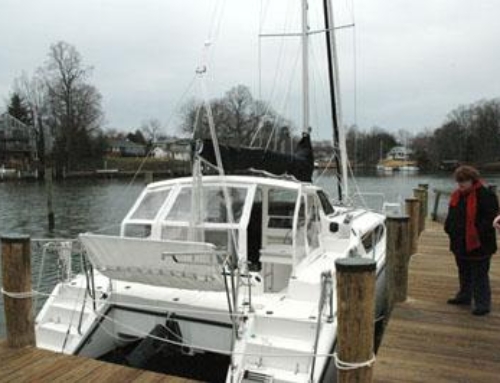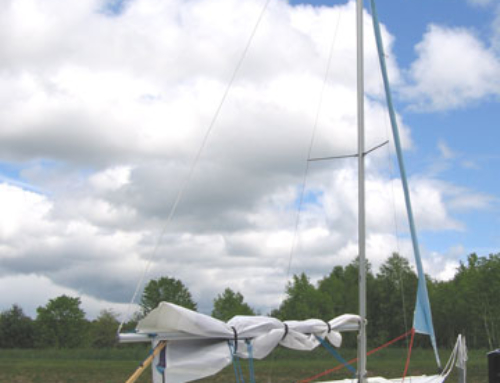eBooks are emerging as a true friend of the sailor: they’re useful, entertaining and you can have thousands on your virtual bookcase without adding weight or taking up valuable space on your boat.
If you don’t know much about eBooks, this is a primer. An e-book reader also called an e-book device or e-reader is an electronic device that is designed primarily for the purpose of reading digital books and periodicals and uses e-ink technology to display content to readers. The main advantages of these devices are portability, readability of their screens in bright sunlight, and long battery life. Any Personal Digital Assistant (PDA) capable of displaying text on a screen is also capable of being an e-book reader, but without the advantages of an electronic ink display. Personal computers and some cell phones can also be used to read e-books.
eBooks have been around for a long time and the most well-known provider of digital content has been Project Gutenberg. Hundreds of volunteers help with this non-profit organization as it digitizes and edits its way through books that are in the public domain. These are books that either do not have a copyright or the copyright has lapsed because they’ve been around awhile. Gutenberg makes books available in a variety of formats, including text, HTML (web page), epub and mobi, the last two of which are useable on portable reading devices such as the Amazon Kindle, the Barnes & Noble Nook and the Borders eReader. Apple’s iPad breaks the eBook reader stereotype and offers a touch screen, color, and wi-fi and web capability. PanDigital, which uses an Android platform, competes with the iPad and offers similar options but without Apple’s proprietary software and hardware restrictions.













